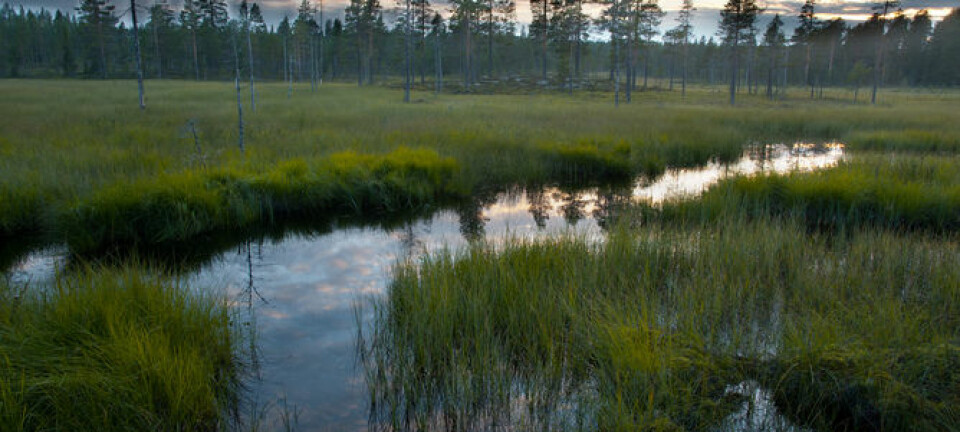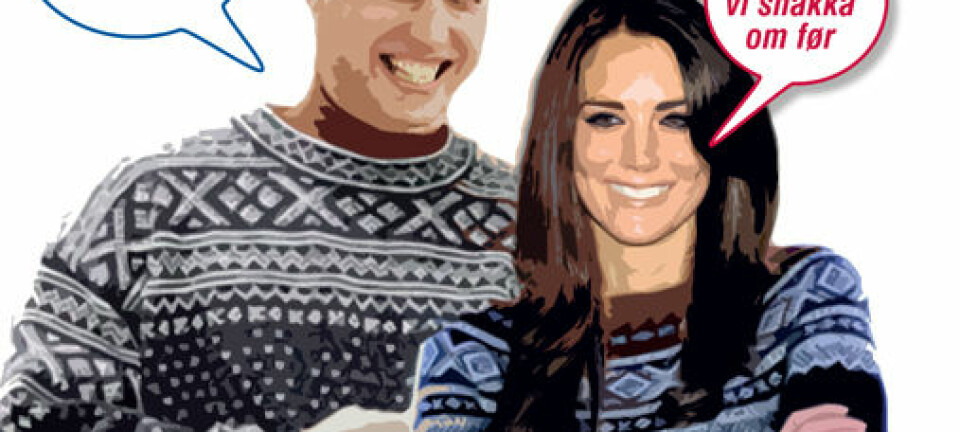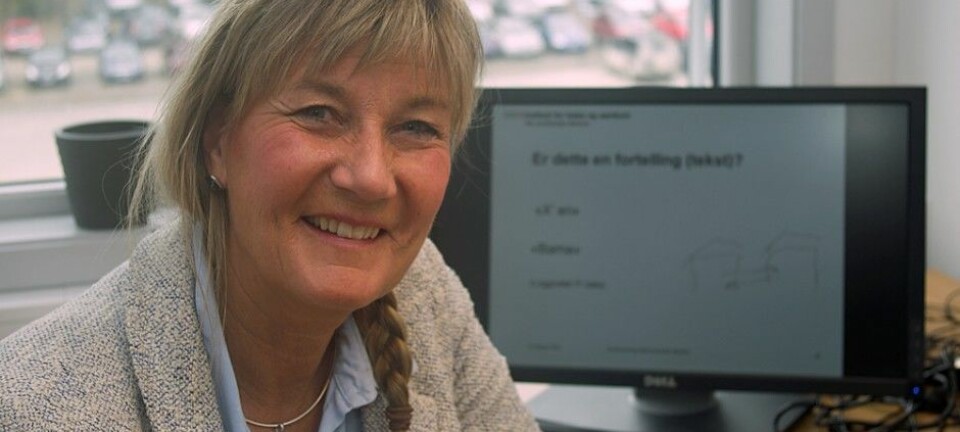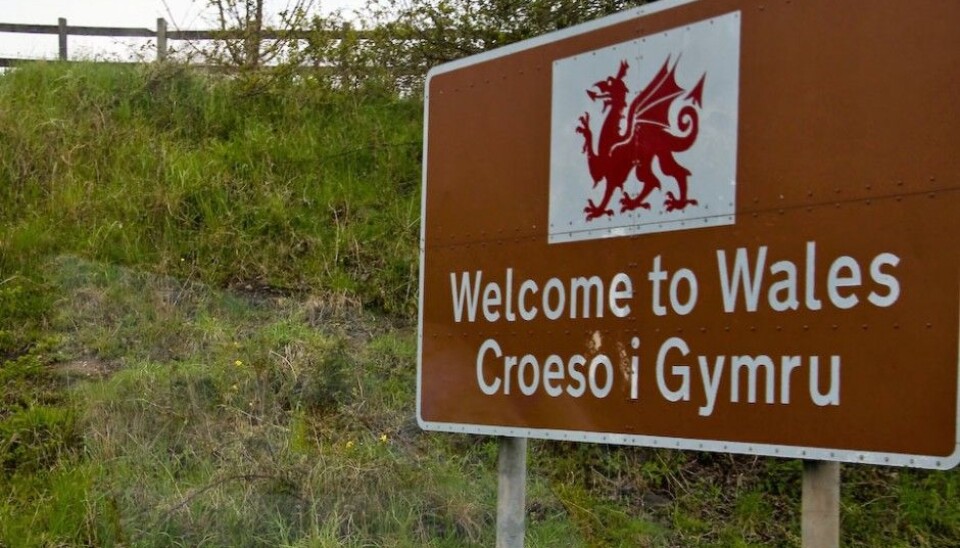
Life or death for languages
Can languages be resurrected from the (almost) dead? Or is it fine for them to follow in the footsteps of some other languages and die a “natural” death?
Denne artikkelen er over ti år gammel og kan inneholde utdatert informasjon.
All languages evolve and change. Some merge, and some split into distinct dialects or even separate languages. And in this evolutionary process, some languages die out.
How do languages die?
“A language has to be spoken by young people, preferably across several parts of their lives, to remain a living language,” says Øystein A. Vangsnes. “Children have to learn it as they grow up and use it in their daily lives,” he says.
When this no longer happens, individuals lose their mother tongue competency. Fewer and fewer people use the language, until no one is speaking it in their everyday lives. Then it eventually dies out.
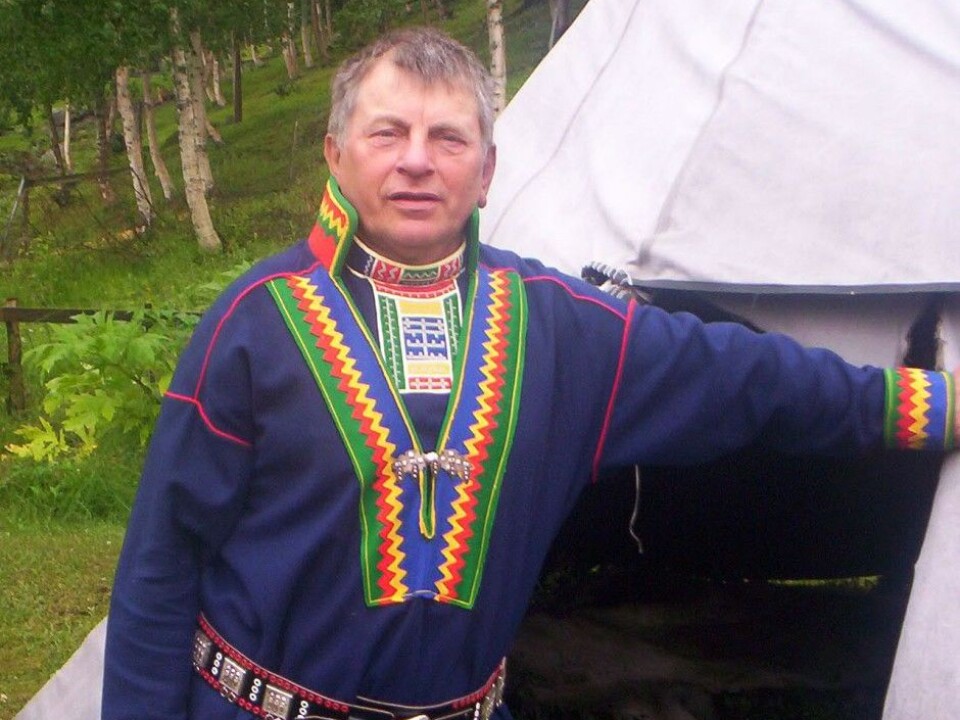
Vangsnes is a language professor at the University of Tromsø, Norway's Arctic university. He has researched the Pite Sami language, which lost its last native speaker in Norway sometime in the 1960s. Only around 30 people still speak this Sami language in Sweden.
To revive or not to revive?
Can we prevent small languages from disappearing before it gets to that point? Or should we come to terms with the fact that languages will die, as they have done throughout history?
Vangsnes says that depends on how the language is lost. It’s one thing when languages change over time, and another when a minority group is deprived of their language.
Several factors must be present to keep a language alive, he says.
For one, society at large needs to help by saying that the language is important, and encourage its use in natural contexts. “Learning a language in school or as an adult isn’t the same,” says Vangsnes.
Languages can be lost when parents don’t pass them on to their children or don’t recognize the importance of their own language.
“Language is a very important expression of culture. If you lose it, you lose part of your culture and identity,” Vangsnes says.
Use language at many levels
The more places people use a language, the stronger a role it plays. Children will only continue using the language if they have enough opportunities to speak it. A home language that only the family speaks is more endangered than a language that is used in the community, and a regional language has even more influence.
“And if the government intervenes and designates it as an official administrative language, that can give it status and make more people want to use the language,” says Vangsnes.
He gives Wales as an example. Welsh had low status and was little used, but now people have regained their pride in the language.
Visibility is important, and signs have high visibility. Signs in the Sami language have for years caused debate in Norway’s Nord-Norge province. They have great symbolic importance, says Vangsnes.
Write it down
The written word is vital for communication in our day and age. Books can help children learn the language. A written language helps keep it alive and signals its status.
Lack of a written language has been one of the problems facing the Pite Sami language. Only recently has a group that speaks this little language collected words and written them down. Researchers have made an electronic dictionary available.
But it may be too late for the highly endangered language. Last century’s government Norwegianization tactics, forcing the Sami to speak Norwegian, hit the sparsely spoken languages the hardest. Swedish Sami peoples were similarly affected.
The forced relocation of Sami in the early 1900s was another death knell for the language, because the more widely spoken Northern Sami exerted pressure on small languages like Pite Sami. The authorities also closed the borders so herders could no longer wander freely with their reindeer between Norway and Sweden, says Vangsnes.
Rising from the dead
It is inevitable that languages die out, according to Vangsnes. The biggest languages dominate.
“Languages don’t have static sizes. Some die, others live on in new forms,” he says.
But sometimes it’s possible to revive a language that has been absent from everyday speech. Hebrew is an example.
It had no more native speakers and existed only as Judaism’s sacred language. When the state of Israel was established, Hebrew became an official language there and now it has millions of “first language” speakers.
Number of languages growing
“We study extinct languages to find out what words people used in the old days and how language evolved. For example, nobody talks Gothic anymore but we use our knowledge about it to understand how modern Germanic languages have evolved,” Vangsnes says.
So even if Pite Sami dies out, as pessimists predict, the language glossary that has been created will live on as a cultural monument and will be useful in research, he says.
UNESCO has recorded the disappearance of at least 230 languages since the 1950s. And yet the number of languages is actually growing in scientists' databases, with over 7,000 registered in the world as researchers become aware of more languages. Researchers also use new knowledge to define as separate languages what previously were considered dialects.
-------------------------------------
Read the Norwegian version of this article at forskning.no







